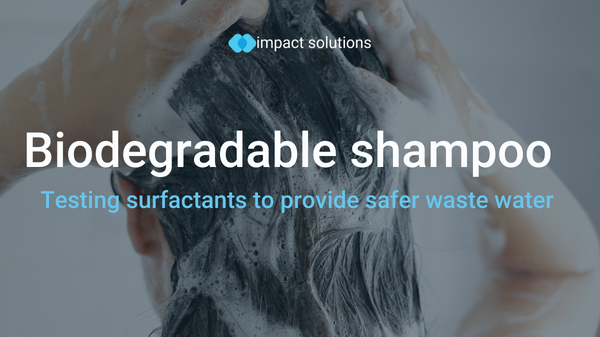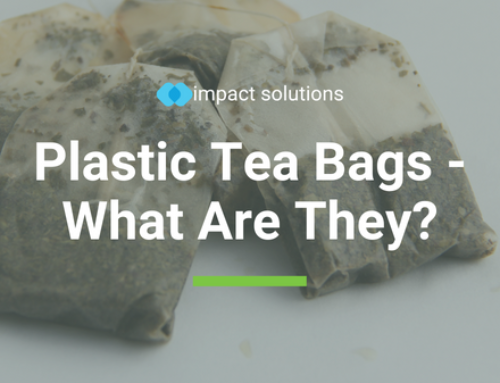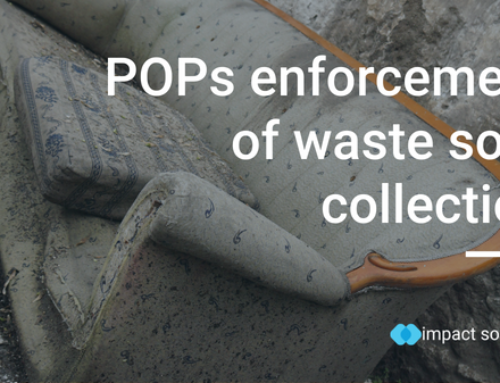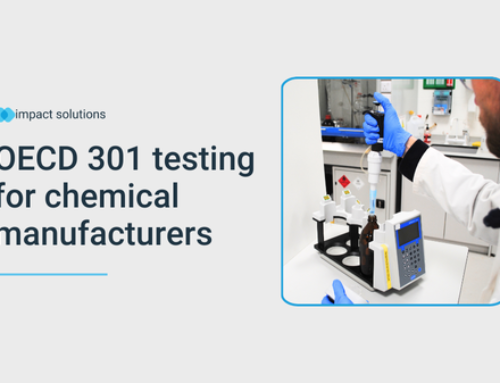What are shampoos typically made up of?
Most shampoos are made up of water with around 70-80% of the entire formula. The remaining ingredients that are most abundant are the primary surfactants (a type of detergent) followed by preservatives, fragrances, thickeners and pH adjusters. It’s the chemicals that make up the remaining 20-30% that can contain harsh chemicals that are harmful to the environment once they go down the drain, for example parabens, which are not readily biodegradable. Many brands have been stating ‘biodegradable’ or ‘paraben free’ on their product packaging, however it’s difficult to trust this information due to greenwashing claims.
How to know your shampoo is biodegradable as a consumer?
As more and more brands discover the lack of trust consumers hold in sustainable certifications, statements and logos that are prevalent on packaging, some have turned to labelling the testing standards used to prove their product biodegrades under a certain condition.
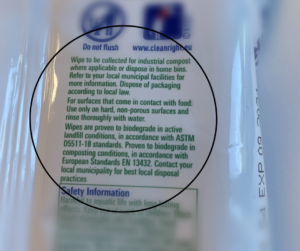
biodegradable detergent wipes test standard label
This typically will be stated in small font on the back of the packaging of your shampoo, or detergent product. Finding standard test methods on packaging demonstrates the brand has adhered to testing guidelines for the product to biodegrade in a certain environment, for example, this may look like ‘OECD 301 biodegradability in an aerobic aqueous medium’ or ‘ISO 14851 Aerobic Biodegradation in Aqueous Medium’.
If the packaging claims it’s biodegradable but you are unsure, check the ingredients list to identify if the product is filled with harsh chemicals such as sulphates, parabens, and synthetic fragrances. For example, phthalates are not readily biodegradable, which means they do not break down easily in the environment. These chemicals are often used as plasticizers to help make plastics more flexible and durable and are also used as fragrance fixatives in many personal care products, including shampoos.
Lastly research the brand – give yourself confidence knowing that the company that makes the shampoo product is sourcing their ingredients responsibly and are actively driving innovation.
How to test your biodegradable shampoo product as a manufacturer?
As a manufacturer, it’s important to ensure that your biodegradable shampoo product meets the required standards of biodegradability – as part of the UK Detergents Regulation, detergents must meet at least a 60% rate of biodegradation. Here are some ways to test your biodegradable shampoo product:
Conduct a biodegradability test: There are different types of biodegradability tests that can be used to assess the biodegradability of your product. The most commonly used test is the OECD 301 test, which measures the percentage of organic compounds that are degraded by microorganisms.
Use an independent testing lab: You can also send your product to an independent testing lab that specializes in biodegradability testing. These labs can provide you with an unbiased assessment of your product’s biodegradability and provide you with a certification if your product meets the required standards.
Conduct a microbial analysis: You can also conduct a microbial analysis to determine the type and quantity of microorganisms that are present in your product. This can help you identify whether your product contains any harmful microorganisms that could have a negative impact on the environment.
Monitor the performance of your product in the environment: Finally, you can monitor the performance of your product in the environment to ensure that it is breaking down as expected. This can be done by conducting field trials or using natural waterways to test the biodegradability of your product under real-world conditions.
By following these steps, you can ensure that your biodegradable product meets the required standards of biodegradability and is safe for the environment.

